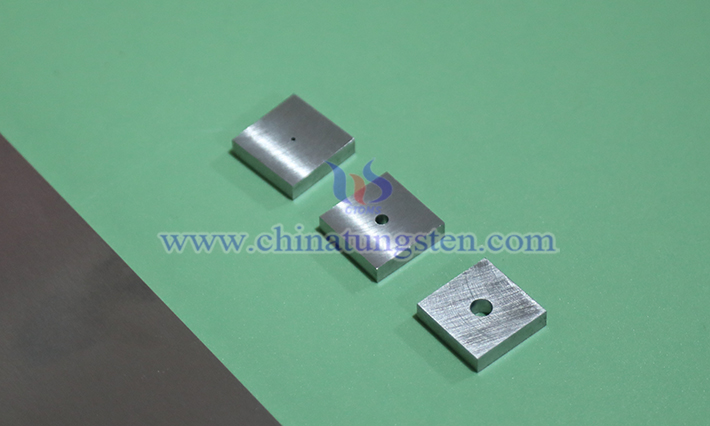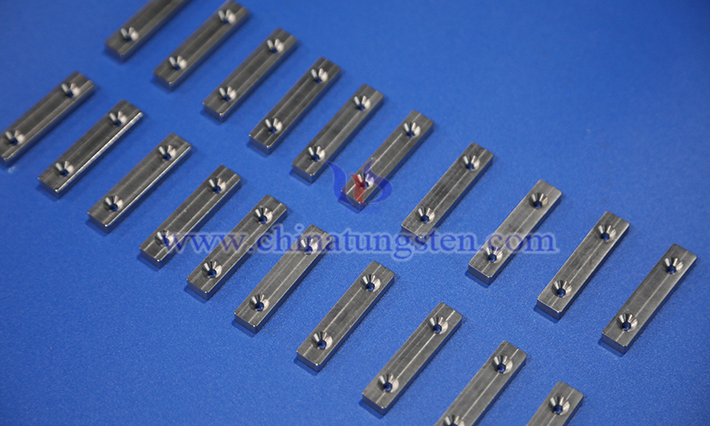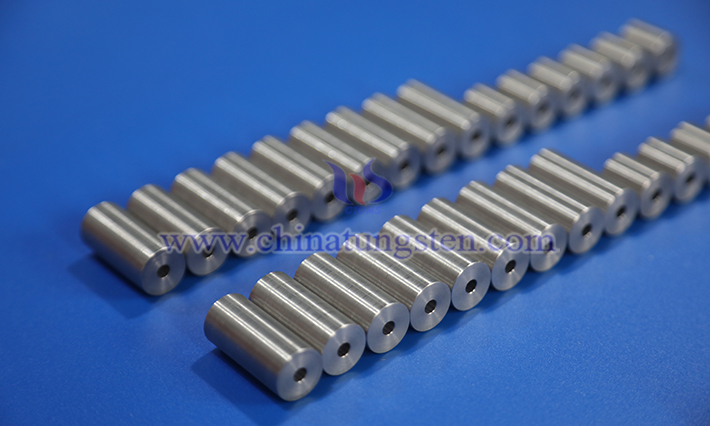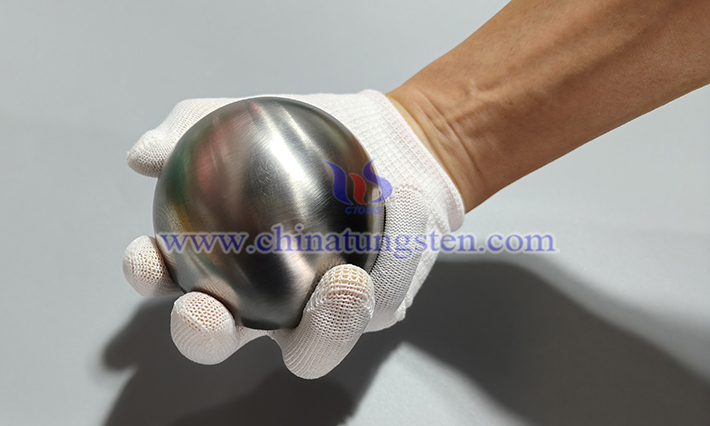What Is Tungsten Alloy Shielding Component?
- Details
- Category: Tungsten Information
- Published on Monday, 27 October 2025 13:56
- Written by Xiaoting
- Hits: 14

With the rapid development of industries such as nuclear energy, medical imaging, and industrial inspection, the demand for efficient and environmentally friendly shielding materials is increasingly urgent. Tungsten alloy shielding components, as high-performance radiation protection elements, are gradually replacing traditional lead-based materials due to their exceptional shielding efficiency, mechanical strength, and eco-friendly properties, becoming the preferred solution in radiation protection. For tungsten alloy shielding components, please contact CTIA GROUP LTD Online: sales@chinatungsten.com, 0592-5129595.
Applications of Tungsten Alloy Counterweights
- Details
- Category: Tungsten Information
- Published on Monday, 27 October 2025 13:53
- Written by Xiaoting
- Hits: 13

CTIA GROUP LTD tungsten alloy counterweights are renowned for their high density, excellent mechanical properties, corrosion resistance, and processing flexibility.
What Is Tungsten Alloy Weights?
- Details
- Category: Tungsten Information
- Published on Monday, 20 October 2025 14:10
- Written by Xiaoting
- Hits: 44

In modern technology and industrial fields, high-precision weight measurement is a critical factor in ensuring quality and driving innovation. From microscopic chemical analysis in laboratories to quality inspections on industrial production lines, accurate weight data serves as the foundation for scientific discoveries and production efficiency. In these high-precision scenarios, tungsten alloy weights stand out as essential measurement tools due to their exceptional performance and stability.
CTIA GROUP Tungsten Alloy Rehabilitation & Fitness Balls
- Details
- Category: Tungsten Information
- Published on Wednesday, 22 October 2025 16:58
- Written by Zhenghua
- Hits: 39

CTIA GROUP Tungsten Alloy Rehabilitation & Fitness Balls — Technological Metal, Embodying the Beauty of Strength, Health & Balance
I. CTIA’s Tungsten Alloy Rehabilitation & Fitness Balls
Read more: CTIA GROUP Tungsten Alloy Rehabilitation & Fitness Balls
What Is Tungsten Alloy Fitness Ball?
- Details
- Category: Tungsten Information
- Published on Monday, 20 October 2025 14:07
- Written by Xiaoting
- Hits: 49

The CTIA GROUP LTD Tungsten alloy fitness ball is a fitness device made from high-density tungsten alloy material, designed in a spherical shape, primarily used for hand strength training, grip exercises, stress relief, and functional fitness. This fitness ball combines the portability of traditional fitness balls with the high density and strength of tungsten alloy, making it suitable for fitness enthusiasts, athletes, and specific groups needing enhanced hand strength who seek efficient and precise training.





 sales@chinatungsten.com
sales@chinatungsten.com